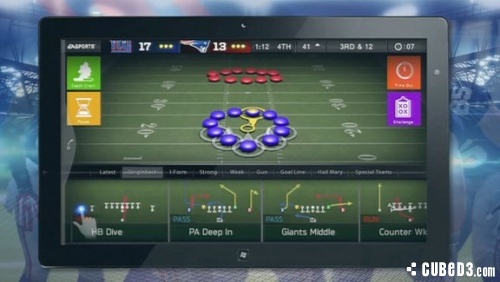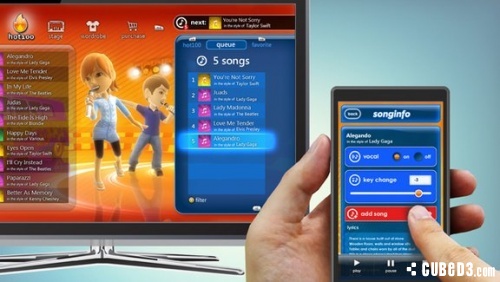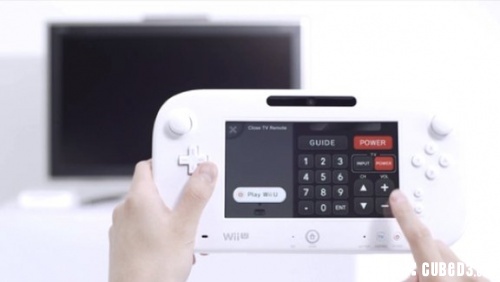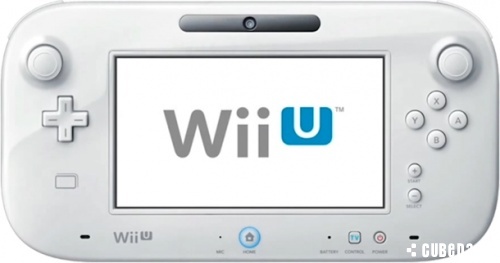With Microsoft announcing SmartGlass this week, some have expressed a redundancy in Wii U. Are the two really rivals?
E3 for Nintendo is all about the Wii U. The latest console in the ever-expanding industry aims to add a new window and social layer to a cramped industry - a complete, high-definition setup for both casual and traditional players.

Microsoft, on the other hand, isn't going to release a new piece of hardware to rival Nintendo's Wii U, instead the home of Xbox will create a software solution to be run on existing devices - like mobile phones and tablets - used to manipulate games and media.
The software is called Microsoft SmartGlass, which made its debut at E3 this week.
The name conjures up an image of a new-age glass tablet that you might see in the likes of Star Trek or any other conventional sci-fi romp. Instead, SmartGlass is an application interface that Microsoft will distribute on a number of platforms - like Apple's iPhone, iPad, Android tablets and Microsoft's own mobile operating system.

Xbox SmartGlass works with all the devices that you already own: the TV you already own, the phone you already own and the tablet you already own. Xbox SmartGlass turns any TV into a smart TV.
For the most part SmartGlass is designed to change the way Xbox 360 users interact with their media - with the ability to display additional content, or remote controls on the phone/tablet screen. Change songs, navigate the internet, and view extra details like song information/lyrics. The technology also pitches the idea that media can become more mobile: view a movie on the movie, then resume on the big screen via Xbox 360.
Media control using mobile devices certainly isn't new, but would be a useful extra for a more holistic multimedia setup.
Where do the gaming elements and comparisons with Wii U come into play?
Microsoft showed two concepts using Madden and Halo - in Madden players could use SmartGlass as a view to football formations and manager strategy. In Halo, the view on the tablet would show extra information, Xbox Live invites and friend data.
So in a nutshell, SmartGlass is a piece of software/an app that can be downloaded onto an array of existing and new touchscreen devices. It creates a second window for additional information/control whilst playing games and media.
Headlines are blaring and a handful of critics are dismissing the Wii U's purpose given Microsoft's approach, but are SmartGlass and Wii U really rivals?
Some limitation with using already-existing tablets and phones comes with a lack of analogue sticks, standardised buttons and display size. Interfaces are also limited by device performance; how SmartGlass works on one phone can differ greatly with an aging tablet. Different screen sizes might also be a concern.

Wii U, on the other hand, looks to be the more complete solution. Rather than having a separate phone/tablet by your side and the primary controller, the Wii U GamePad has controller and window as one - built in camera/microphone, fixed screen size and processing ability.
With SmartGlass players can ultimately plop a phone/tablet on their laps for a similar experience, but it may not be as comfortable or unified as having everything in a single unit. Shifting from controller to tablet could be also small, but niggling issue.
Despite having some overlap in what the Wii U GamePad and SmartGlass can do, Nintendo's approach has the upperhand in that all owners will have the controller as standard, and gameplay can be tailored towards it without worrying about limiting design to what a majority of users would own already. With SmartGlass, these features might have to remain extras given the end user may not own a compatible device and the types of phone/tablet can vary.
Cost is another and potentially strong issue. SmartGlass, in Microsoft's favour, in some ways is the far safer approach. Less costs to setup, potential userbase and no significant costs for use - though how much the initial app would cost or whether any subscriptions would be present haven't been discussed, yet. It's far cheaper that investing in the Wii U, if you have the components already, but comes with its limitations.
SmartGlass seems the taster - for Microsoft and users to sample what dual-screen gaming is about, and for the Xbox creators to gauge whether its useful with minimal cost. Wii U, without being bias, appears to be the more complete meal for a complete gaming experience.
At the end of the day, more similar technology could offer that extra incentive for developers to consider Wii U in the multiplatform selection. Regardless of any comparisons, the two are opening up the floor for new ways of communicating between device and TV.

Nintendo themselves have a solid track-record for new means of control and innovation, so it is most certainly early days and naive to write off the Wii U just yet.
For Nintendo, the next-generation is only just beginning.

 Sign In
Sign In 05.06.2012
05.06.2012 
 JoshSL
JoshSL 
 Link to this post:
Link to this post:  Subscribe to this topic
Subscribe to this topic Features
Features





 Top
Top

